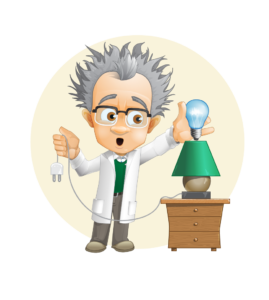In the study examining the impact of inoculum concentration on sulfur oxidation activity by Acidithiobacillus thiooxidans, it was found that varying inoculum levels (2%, 5%, and 10% v/v) significantly affected cell concentration, pH, and sulfate production over time. The maximum cell counts were observed on day 15, with a notable increase as inoculum concentration rose, particularly between 2% and 5% v/v. Higher concentrations, however, showed diminishing returns, likely due to resource competition and potential toxicity. The optimal inoculum level for sulfate production was identified as 5% v/v, where stable pH and efficient sulfate conversion were achieved. Additionally, pulp density trials indicated that a lower density (10 g/L) provided the best extraction efficiency for rare earth elements (REEs) from DLED lamps, as increased density led to reduced accessibility of leaching agents. Overall, the research highlights the complex dynamics between inoculum concentration, microbial activity, and REE extraction efficiency, providing insights for optimizing bioleaching processes in industrial applications.
Eco-Friendly Recovery of Rare Earth Elements from Discarded LED Light Bulbs

Read More


